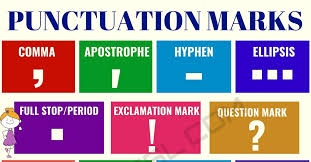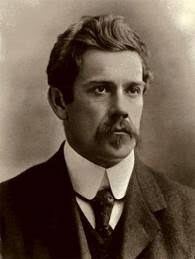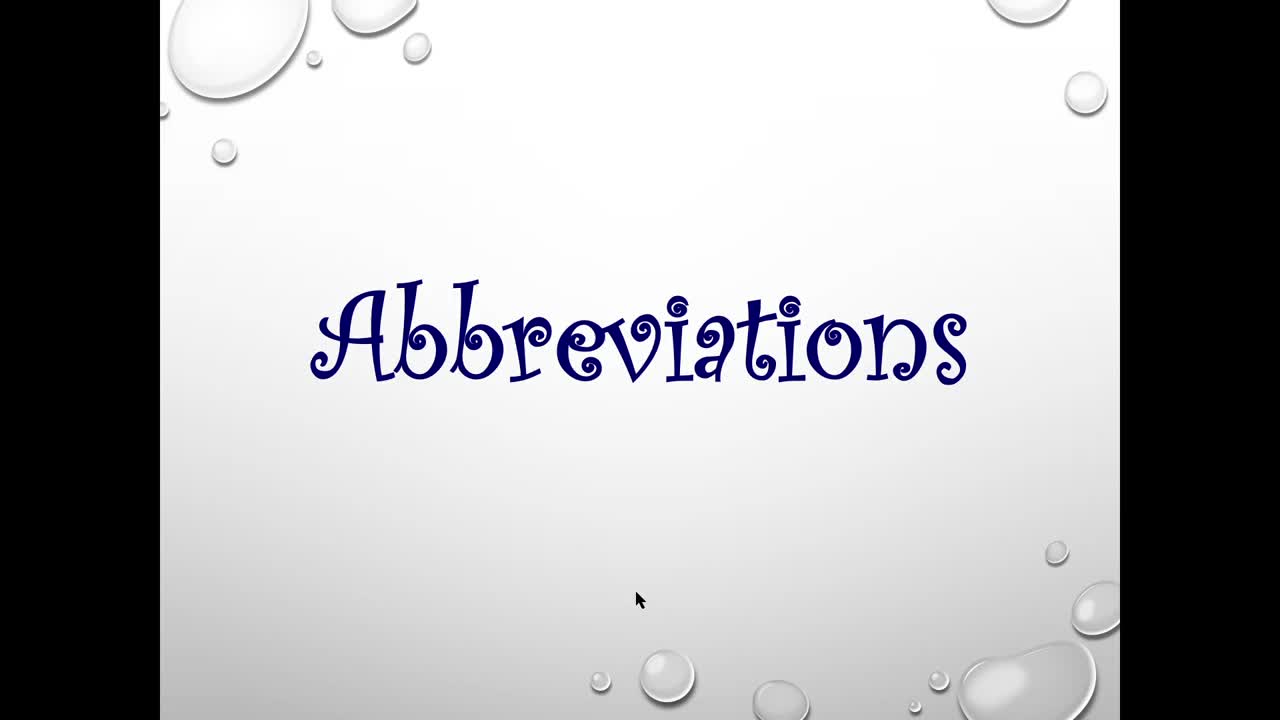Punctuation shows the relation between words and strings of words. The major purpose of punctuation is to help the readers to understand the construction of the sentences better. There are even other purposes of punctuation such as acting as a substitute for the devices we use in speech, such as pausing and altering pitch. There are various punctuation marks used for various purposes –
1. Full Stop (.) – The major use of a full stop is to show where the sentence ends. This is the most common punctuation used out of all. Full stops are not used in people’s names, abbreviations and acronyms.
2. Comma (,) – Comma acts as a separators between different parts of a sentence.
3. Colon (:) – Colon is used as an alternative for comma and is used to introduce direct speech. It separates the main heading from the subtitle. For Example – The Twilight Saga: Breaking Dawn. There are three other purposes of using a colon. They are as follows :
a. To introduce a vertical list or a running list where there is a break after the introductory phrase.
b. It even acts as a mark of announcement or a ‘why- because’ marker that leads to the reader from one idea to its consequence or logical communication. for Example –
There’s no big problem with tennis on radio: you can’t see it.
c. It is used to separate two contrasting and parallel statements. For Example – Man proposes: God disposes.
4. Semicolon (;) – A semicolon indicates a pause between two main clauses, provided they are not already not joint by a conjunction. For Example – Thank you for your letter of 10 December; we apologise fro the delay in replying.
5. Dashes (-) – Dashes are used to to indicate the start of an aside, explanation or addition.
6. Hyphen (-) – Hyphens are used to link words that form composite adjective before a noun. For Example- Computer-based work, Short-term.
7. Apostrophe (‘) – Apostrophe is used for three major purposes in English language:
a. To mark the omission of one or more letters. For Example – Don’t is used for do not.
b. To mark possessive cases of nouns. For Example – in one month’s time.
c. To mark the plurals of individual characters. For Example – p’s and q’s
8. Quotation marks (“) – Quotations indicate the opening and closing of direct speech. They are also known as Quotes, speech marks and inverted commas. For Example – ‘There is no alternative,’ said the prime minister.
9. Exclamation mark (!) – An Exclamation mark is used to express shock, surprise or dismay in a sentence.
10. Question Mark (?) – This is used in sentences where there is a direct question.



